This is one of the latest images of comet Hale-Bopp. Notice the intense tail
Click on image for full size
National Astronomical Observatory of Japan
Comet Hale-Bopp
Hale-Bopp continues to offer new surprises as two astronomers report of their
study of the comet. Using the Hubble Space Telescope and the International
Ultraviolet Explorer, the astronomers did a year-long study on Hale-Bopp to find
that there are distinctly different ices in the comet's nucleus, the nucleus is
huge, and the nucleus is extremely active.
The comet's nucleus seems to be erupting upon itself. Astronomers witnessed the
comet spew out dust in intermittent bursts. The surface seems to be an incredibly dynamic place, with 'vents' being turned on and off as new
patches of icy material are rotated into sunlight for the first time.
The nucleus' structure itself is more complex than astronomers had thought.
Astonomers theorized that trace gases were contained within water ice.
According to Hubble Space Telescope observations, however, Hale-Bopp's nucleus
has trace components contained within their own ice structure, with water ice
remaining separate and uniform.
In addition, the nucleus is tremendously large. Astronomers have estimated
Hale-Bopp's nucleus to be 19-25 miles (30-40 kilometers) in diameter. Comets
are thought to have a nucleus of about 3 miles (5 kilometers) on average.
You might also be interested in:
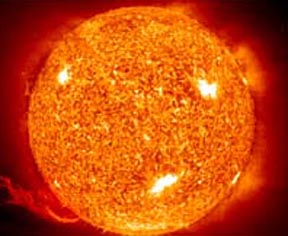
The Solar and Heliospheric Observatory (SOHO) caught a rare view of the far side of the Sun. Scientists can now see if a solar storm is coming before it reaches Earth. This may save the satellite industry
...more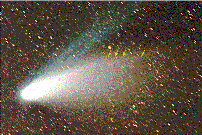
Hale-Bopp continues to offer new surprises as two astronomers report of their study of the comet. Using the Hubble Space Telescope and the International Ultraviolet Explorer, the astronomers did a year-long
...more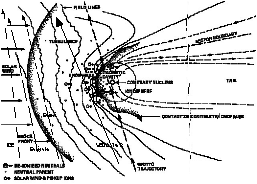
Six spacecraft flew by Halley's comet in 1986. There were two spacecraft launched from Japan, Suisei and Sakigake, and two from the Soviet Union, Vega 1 & 2. One spacecraft, ICE, from the United States
...more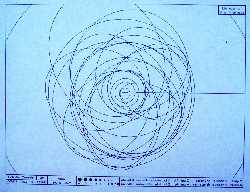
Comets are observed to go around the sun in a long period of time or a short period of time. Thus they are named "long-period" or "short-period" comets. One group of short-period comets, called the Jupiter
...more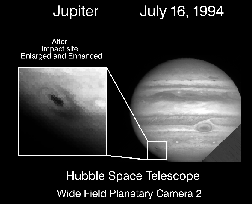
Scientists have learned a great deal from the crash of comet Shoemaker-Levy 9. Scientists traced the orbit of the comet backwards in time to guess its origin. The crash of a comet like Shoemaker-Levy 9
...more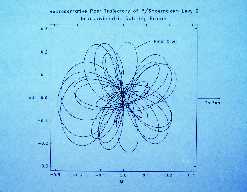
Mathematical theory suggests that comet Shoemaker-Levy 9 was likely a short-period comet which was captured into orbit around Jupiter in 1929 and began to execute the path plotted in this diagram. This
...more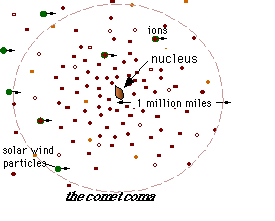
As the ices of the comet nucleus evaporate, they expand rapidly into a large cloud around the central part of the comet. This cloud, called the coma, is the atmosphere of the comet and can extend for millions
...more














